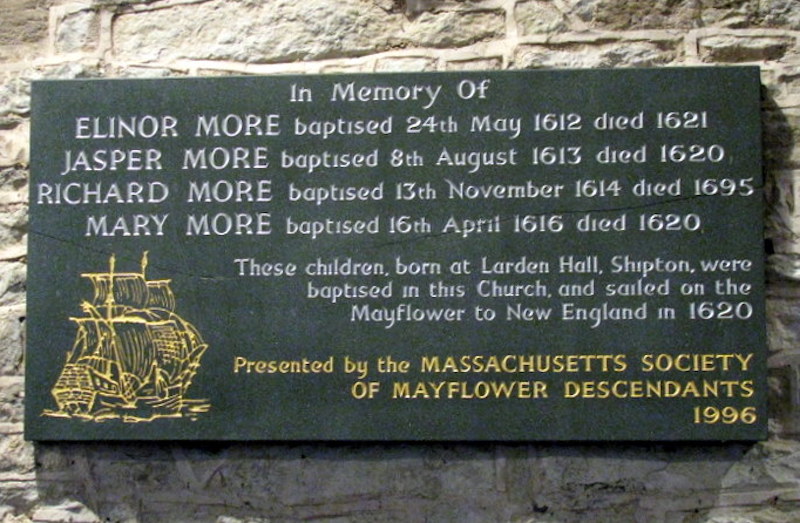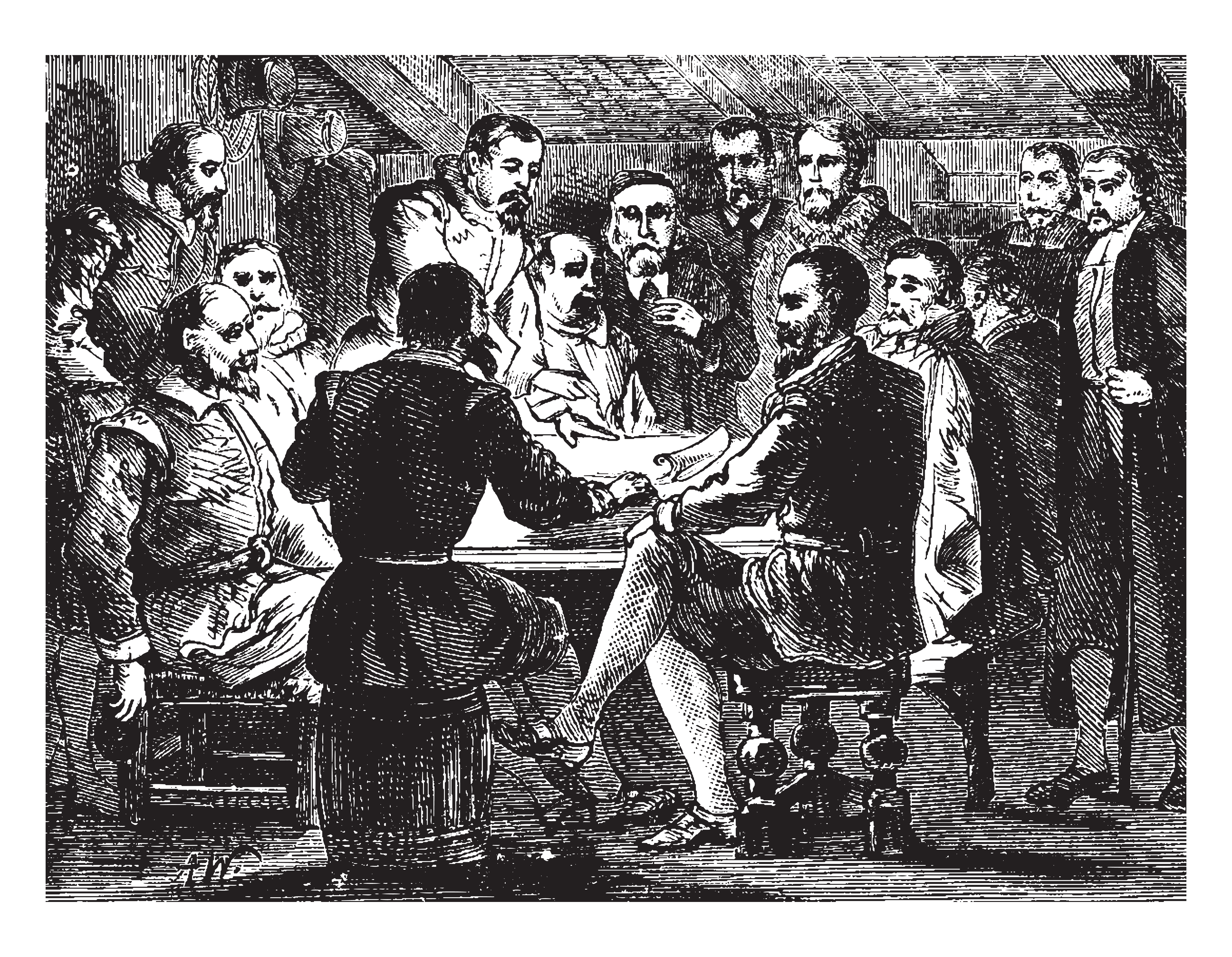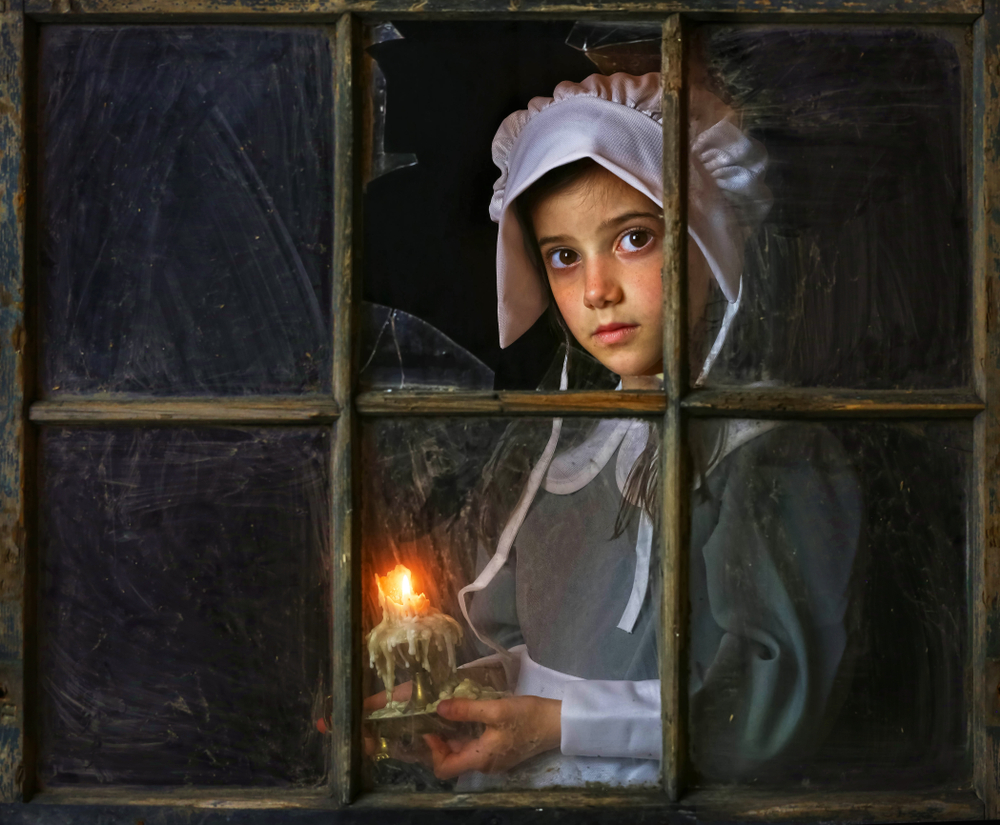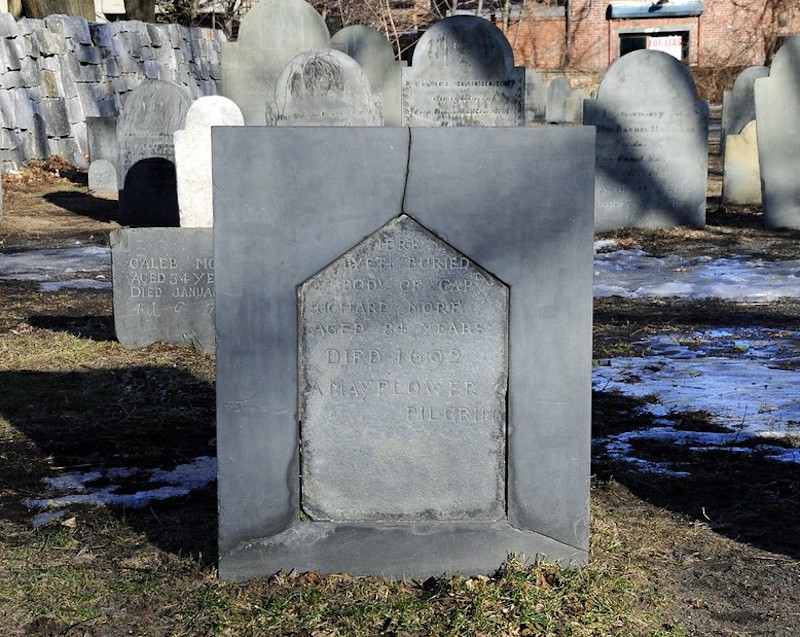

- Contact Us
- Search
-
Mayflower400 partner destinations:
Tragic story of the Mayflower siblings sent to America to start a new life
Though unsure of the perils that lay ahead, it must have been an exciting time for the men, women and children who boarded the Mayflower some 400 years ago.
Each had their own reasons for being on the ship – some anticipated the chance to build a better future for their families and the opportunity of new land, while for others the offer of freedom and adventure was too good to turn down.
A significant number of the passengers and crew were known as Separatists, a group of people who mostly wanted to live a life free from the current Church of England.
Persecuted and pursued by the Crown and the Church, these Separatists chose to leave England and cross the Atlantic to start a new life in America.
But there were four passengers who had that choice taken away from them – and at an extremely tender age.
One can only imagine how frightened these youngsters must have been when they were torn away from their mother and sold by their father as servants, before being shipped halfway across the world.
This is the tragic story of the More children…
Who were the More children?

The Mayflower plaque in St James Church, Shipton. Picture by Phil Revel
Ellen, Jasper, Richard and Mary More hailed from the small village of Shipton in Shropshire.
They were born to Katherine and Samuel More, though the couple did not have a happy marriage.
Historians believe that Katherine had a longstanding affair with their neighbour, Jacob Blakeway, and that her four children were in fact his.
Her husband Samuel was an aristocrat who spent most of his time in London, and he became suspicious when the children resembled Blakeway – a point he insisted in court was unmistakeable.
The couple subsequently separated.
How did the More children end up on the Mayflower?

After a bitter divorce, Samuel More ended up with custody of Ellen, Jasper, Richard and Mary and paid for their passage on the Mayflower to ship them off to America and get rid of them.
Historians believe he paid for a double share and £20 per child so that they would each have 50 acres after seven years.
The children were aged between four and eight at the time, and were placed within the households of prominent Pilgrims.
Jasper travelled on the Mayflower with Governor John Carver, Ellen was placed with Edward Winslow, and Richard and Mary travelled with Elder William Brewster.
What happened to the More children?

As with so many of the Mayflower passengers, the horrendous transatlantic voyage, crippling disease and harsh weather conditions, meant they did not all survive.
Only Richard, who was six during the journey, lived through that first winter in America.
Jasper died in December while the Pilgrims were trying to find a place to settle, and Ellen and Mary passed away between January and March 1621.
What happened to Richard More?

The grave of Richard More. Picture by Tony Fischer
Following the tragic death of his siblings, Richard was still living with the Brewster family six years later.
In 1636 he married Christian Hunter in Plymouth, and a year later sold all his property and moved to Salem where he joined the local church. The couple went on to have seven children.
Richard More was a seaman and ship’s captain, travelling to various colonies to deliver supplies and fighting in various early naval sea battles.
According to historians, Richard married Elizabeth Woolno in 1645 – but Christian was still alive, not dying until 1676, making Richard a bigamist.
Two years after Christian died, Richard married again, this time to widow Jane Crumpton in 1678.
Richard himself passed away some time between 1693 and 1696 and was buried in Salem. He is said to be the only known Mayflower passenger to have a marked grave.
- Read more stories of the Mayflower here.
Sign up for the latest Mayflower 400 news
You'll be the first to hear the latest Mayflower news, events, and more.
Log In
Register
Mayflower 400 Proudly Supported by our National Sponsors and Funding Partners






